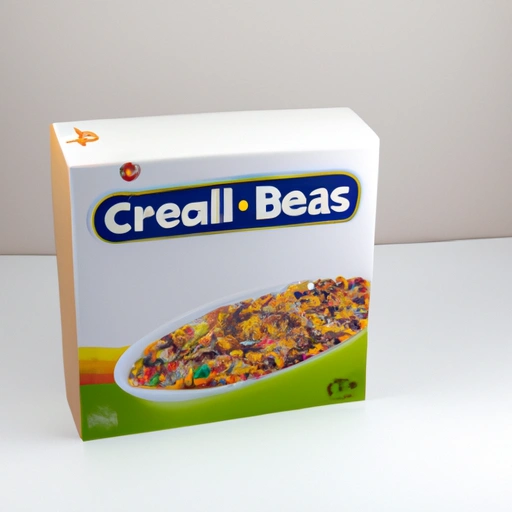Breakfast Cereal
Description

Breakfast cereal is a processed food typically made from toasted grains, and it is commonly eaten as a first meal of the day. Hugely popular around the world, it comes in many shapes, sizes, and flavors, and can be served with milk, yogurt, or fruit. Due to its convenience and versatility, breakfast cereal is a go-to ingredient for a quick and easy meal, especially in busy households.
Common uses
Breakfast cereal is commonly enjoyed with milk or yogurt and can be topped with fruits, nuts, or sweeteners for added flavor. It is often found in snack mixes or used as a crunchy topping for desserts and baking recipes.
Nutritional value
Calories
Average breakfast cereal contains approximately 100 to 120 calories per 30g serving (about 1 oz or 1/4 cup).
Protein
Protein content varies but is typically around 2 to 4 grams per 30g serving.
Fat
Fat content is generally low, around 0.5 to 5 grams per 30g serving, depending on the type of cereal.
Carbohydrates
Carbohydrates are the main macronutrient in cereal, ranging from 20 to 30 grams per 30g serving.
Vitamins
Many breakfast cereals are fortified with vitamins, commonly including Vitamin D, B vitamins, and folic acid.
Minerals
Minerals such as iron, calcium, and zinc are often added to breakfast cereals to enhance their nutritional profile.
Health benefits
Whole-grain cereals are a good source of fiber, which can aid in digestion and help maintain a healthy weight. Fortified cereals provide essential vitamins and minerals that are important for overall health.
Potential risks
Some breakfast cereals contain high levels of sugar and artificial additives, which may contribute to health issues when consumed in excess. People with gluten intolerance or celiac disease should avoid cereals containing wheat, barley, or rye.
Common recipes
Breakfast cereal is used in a variety of recipes, including cereal bars, muffins, and as a crunchy topping for baked goods.
Cooking methods
Most cereals are ready-to-eat and require no cooking, although they can be baked into recipes for added texture.
Pairing with other ingredients
Cereal pairs well with dairy or plant-based milks, yogurt, and fruits such as bananas, strawberries, and blueberries.
Summary
Breakfast cereal is a versatile and popular food ingredient that has been adapted to suit a variety of tastes and dietary needs around the world. It offers convenience for a quick meal, a variety of uses in recipes, and, when chosen wisely, can contribute to a balanced diet.